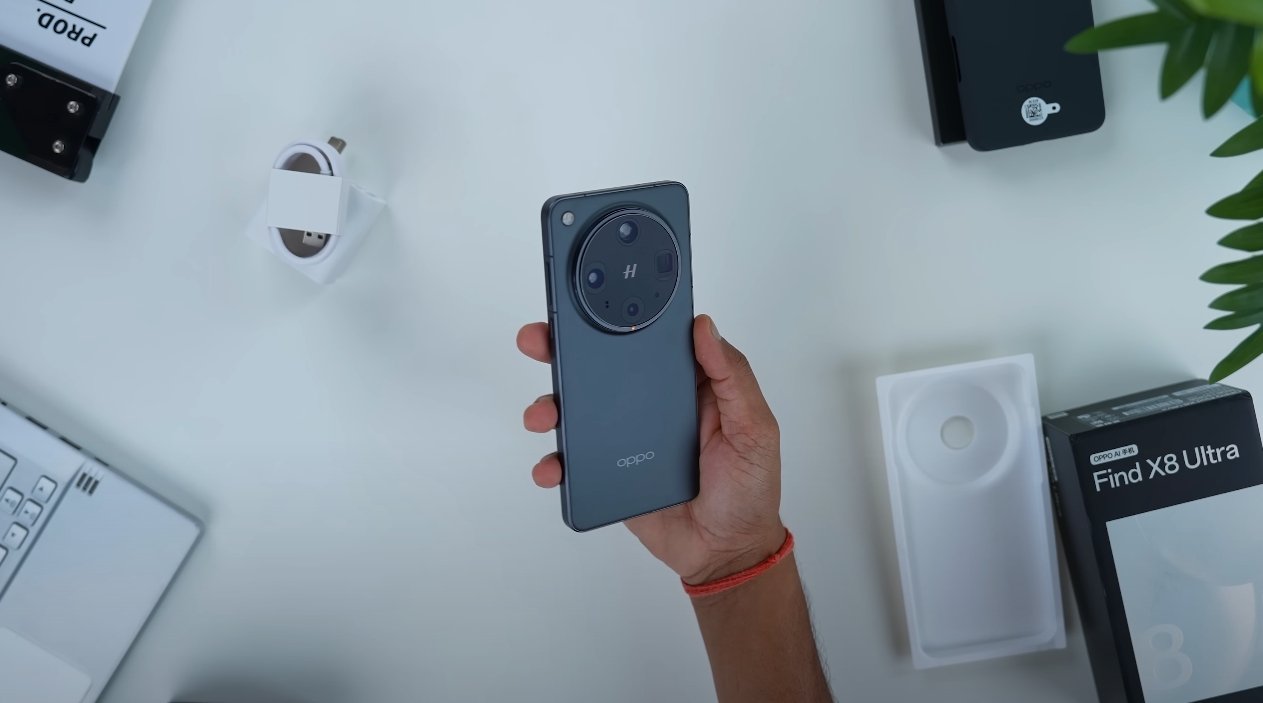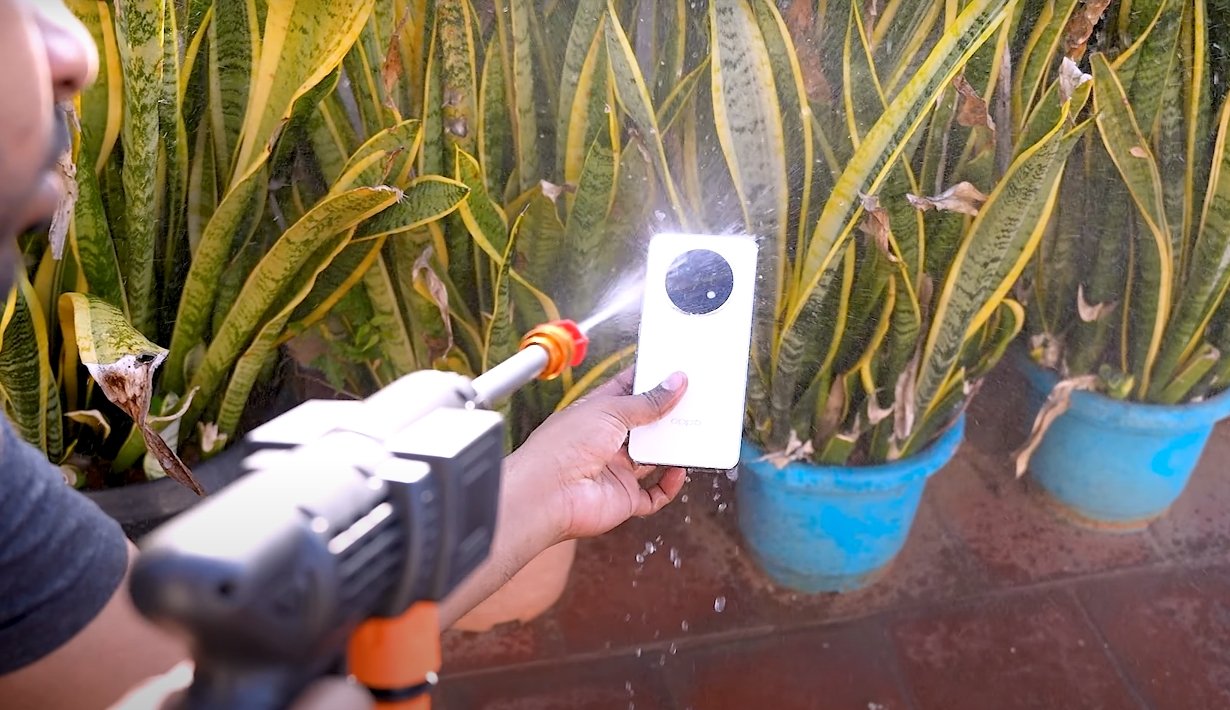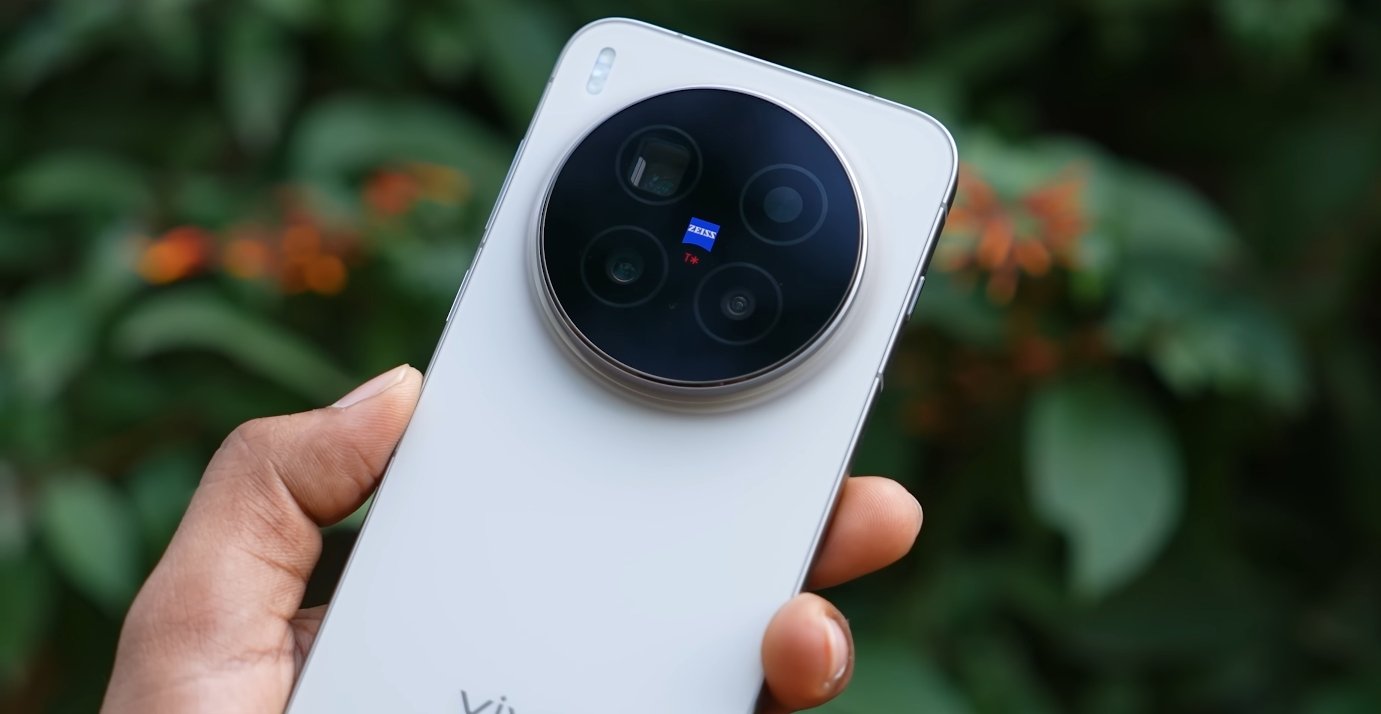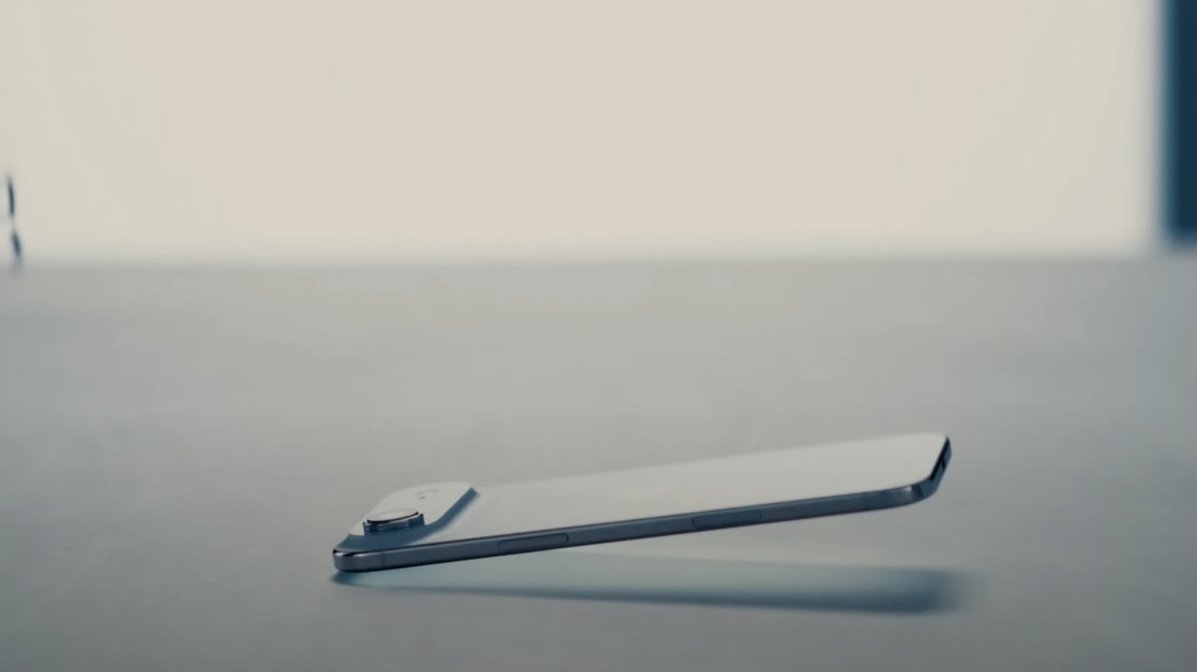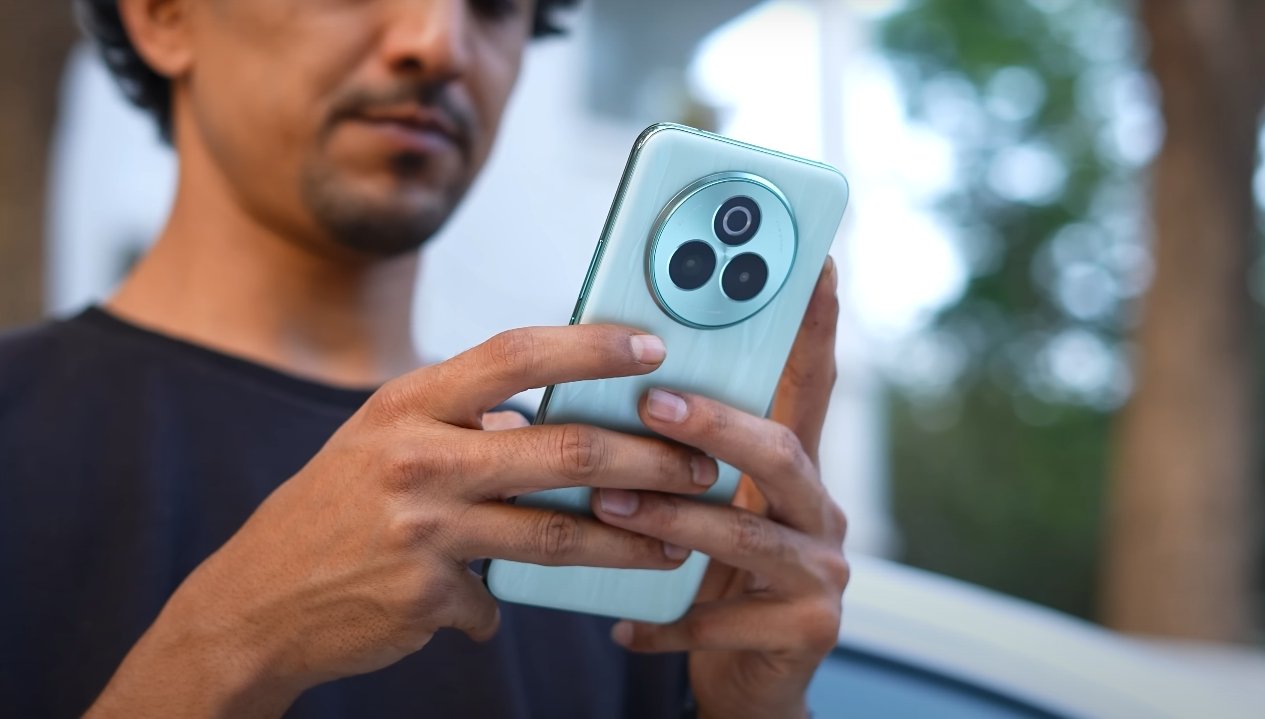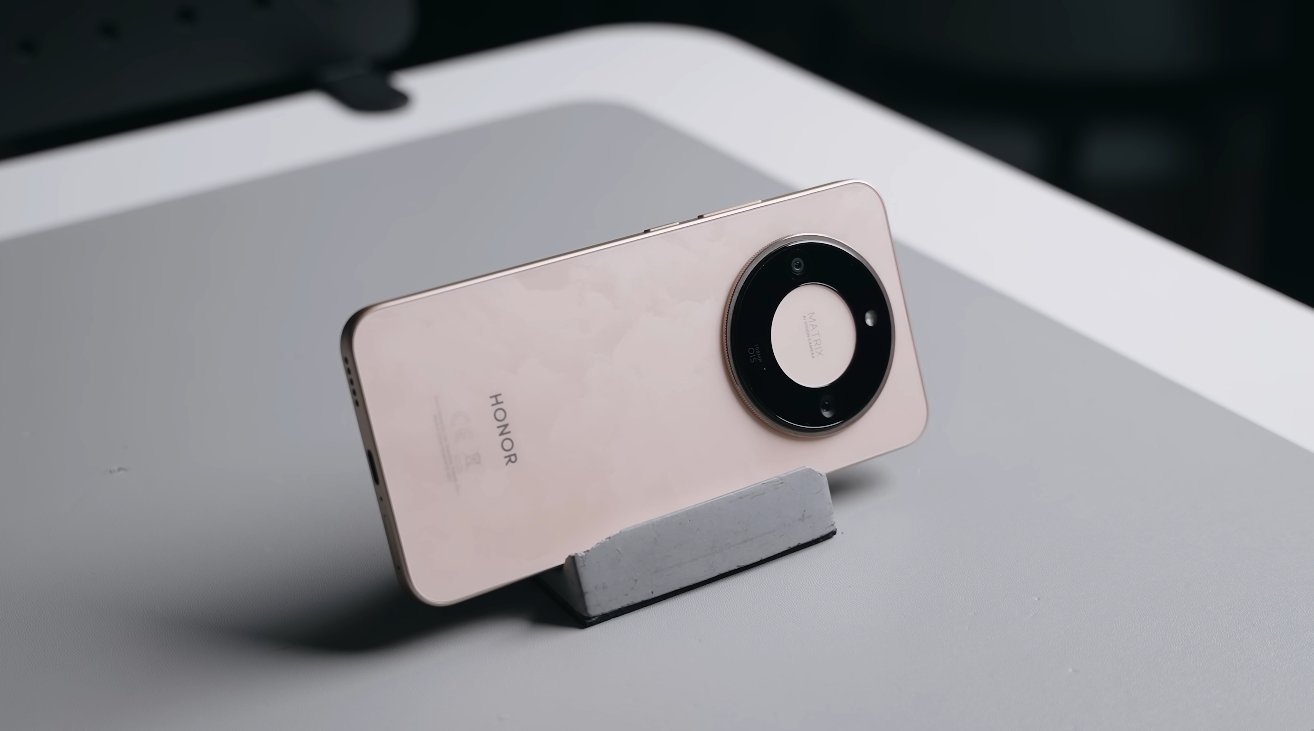Flagship Design Face-Off: Oppo and Vivo
The Oppo Find X8 Ultra and Vivo X300 Ultra represent two of 2025’s most premium Android smartphones, and their designs highlight different philosophies in flagship engineering. While both focus on premium materials, durability, and a striking aesthetic, their approaches to size, screen, and ergonomics set them apart.
The Oppo Find X8 Ultra features a flat 6.82‑inch LTPO AMOLED display, offering a solid and symmetrical look. The flat panel makes it easier to apply screen protectors and creates a more balanced feel in the hand. Measuring approximately 163.1 × 76.8 × 8.78 mm and weighing 226 grams, it is on the heavier side. The back panel is protected by Gorilla Glass, framed in aluminum, and the phone carries IP68 + IP69 ratings, along with drop resistance certification, ensuring excellent durability. Its color options include Starry Black, Moonlight White, and Morning Light.
By comparison, the Vivo X300 Ultra emphasizes curves and a lighter feel. Leaks and specifications suggest a 6.8‑inch curved LTPO AMOLED display with ultra-narrow bezels. Its body is slightly thinner and lighter than Oppo’s, aimed at improved ergonomics. Vivo uses glass and aluminum construction with similar IP68 protection, maintaining flagship-level durability while offering a more delicate hand feel. Color finishes like Titanium, Blue, and White provide a sleek, modern aesthetic.
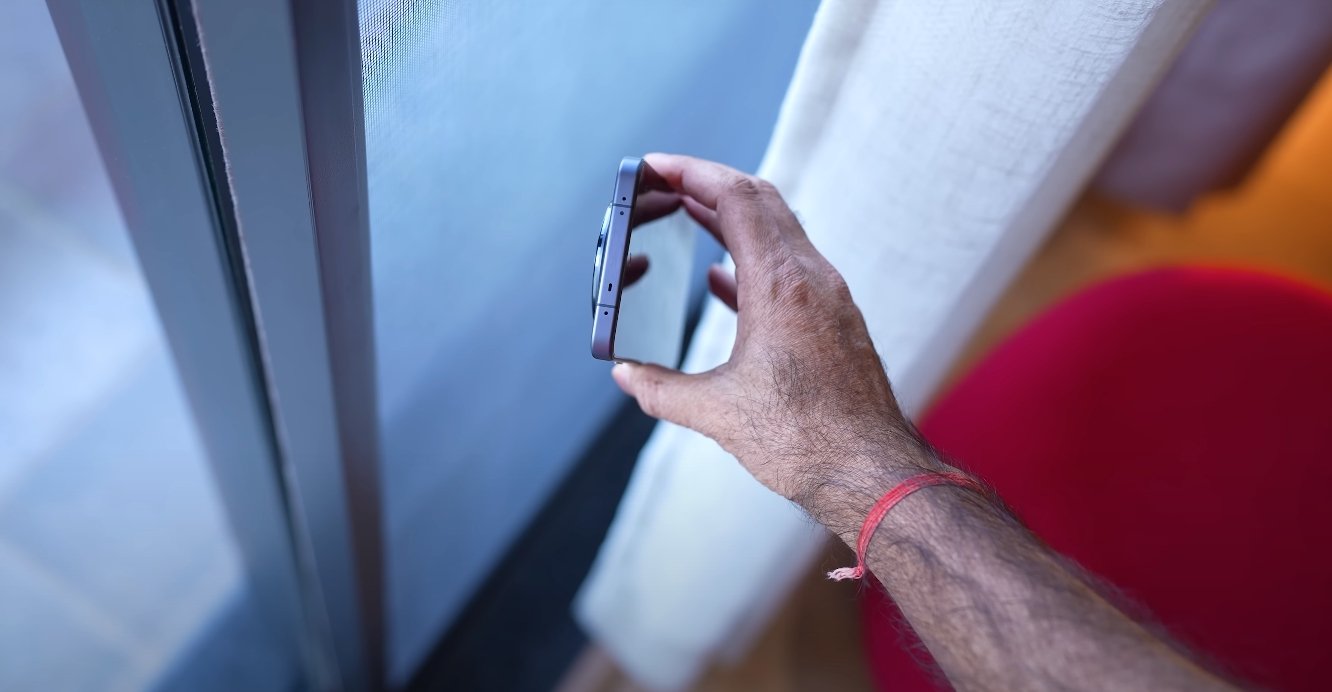
Screen design is a key differentiator. Oppo’s flat panel gives the Find X8 Ultra a boxier, sturdier look, with symmetrical bezels and a subtle rear camera module. A unique “Magic Cube” button on the left edge adds functional design flair, replacing older alert sliders. Vivo, on the other hand, favors curved edges that create a more immersive visual experience and thinner bezels, which give the phone a sleeker, lighter appearance. Both designs integrate in-display fingerprint sensors and high-quality haptics.
The rear camera modules reflect each brand’s design philosophy. Oppo’s module is slightly raised but minimized for a cleaner look, balancing the phone’s weight. Vivo’s cameras are arranged to complement the curved back, creating a fluid and stylish finish. Both manufacturers focus on symmetry and premium aesthetics, though Oppo leans toward functional robustness while Vivo emphasizes elegance and lightness.
Other design elements include button placement and ergonomics. Oppo places its power and volume keys for easy access, alongside a shortcut button for camera use. Vivo follows similar ergonomic principles, keeping the layout intuitive while maintaining a smooth edge flow for one-handed use. Build quality, color variety, and tactile feedback are strengths for both devices.
Overall, the Oppo Find X8 Ultra caters to users who prefer a heavier, flat-edged phone with symmetrical design and enhanced durability. The Vivo X300 Ultra is designed for those who favor lighter weight, curved edges, and a sleek, modern aesthetic. Both are premium in feel and materials, but their design philosophies differ, offering buyers a choice between robustness and elegance in flagship Android design.
